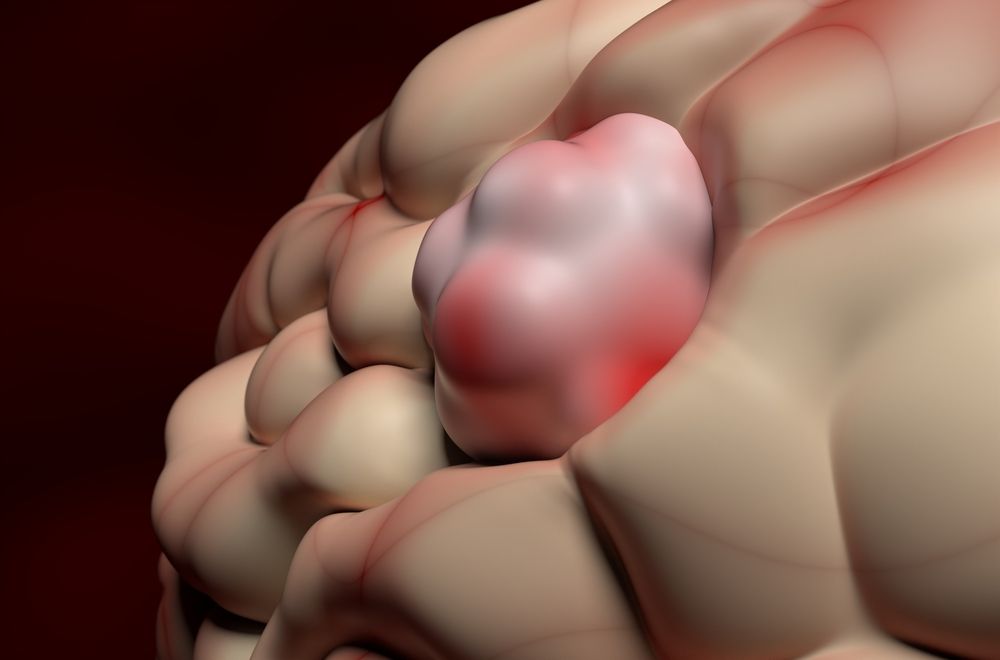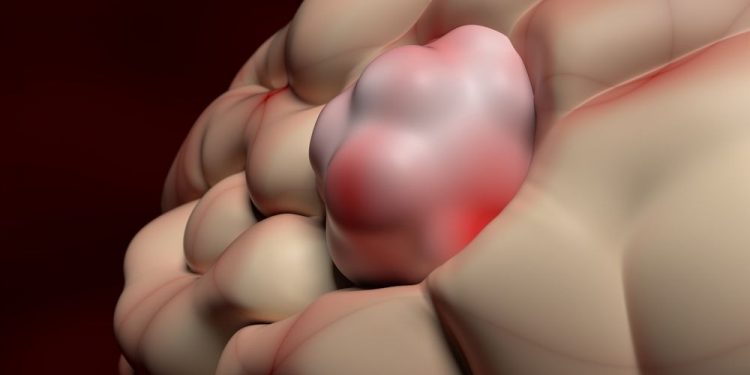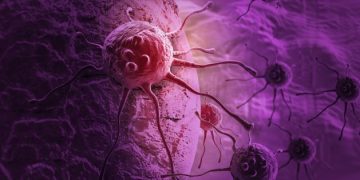A glioblastoma is a cancerous brain tumor. It is one of the most aggressive brain tumors and is found in the astrocytes (cells that support nerve cells). Glioblastoma occurs in the middle of the brain and spinal cord and affects people of all ages. It’s more common in men than women. It’s also more likely to occur if you have certain genetic syndromes, such as neurofibromatosis type 1, Li Fraumeni Syndrome or Turcot Syndrome.
The diagnosis of a glioblastoma multiforme can be frightening, but there are many resources available to help. Your first step is to make an appointment with a neurologist. This doctor will ask you about your symptoms and do a neurological exam, including checking things like reflexes and balance. Then the doctor will order an MRI or CT scan of your head and possibly an MR spectroscopy or needle biopsy. The tests can help your doctor determine what kind of glioblastoma you have, as well as how big the tumour is and its location within the brain.
There are no cures for glioblastoma, but treatment can help reduce the symptoms and prolong life. The most common treatments for this cancer include surgery, radiation therapy and chemotherapy. In addition to these, clinical trials of new therapies are also being conducted.
If you have a glioblastoma, your surgeon may suggest that you take the oral chemotherapy drug temozolomide. This medication helps prevent the recurrence of a glioblastoma and is often given in combination with radiotherapy after surgery.
Radiation therapy is a key component in the treatment of glioblastoma and helps decrease the size of the tumour and relieves symptoms. It is usually done in a series of daily treatments. You will receive a computed tomography (CT) scan or magnetic resonance imaging (MRI) before the start of radiation therapy so your doctor can plan out where the radiation should be directed.

You may receive a dose of radiation called stereotactic body radiation therapy (SBRT). SBRT uses a single high-energy beam to treat the tumour and surrounding tissue with very little damage to healthy tissues around the tumour. This procedure is typically followed by radiation with a lower dose and fewer treatments, called intensity modulated radiation therapy (IMRT).
Glioblastoma is a brain cancer and can be difficult to remove completely. It grows rapidly, and its finger-like tentacles infiltrate the surrounding brain, making it impossible for doctors to remove all of it during surgery. This is especially true when the tumour is located in the part of the brain that controls functions such as language and movement/coordination. Radiation therapy is combined with a chemotherapy drug called temozolomide, which makes the tumour cells more sensitive to radiation and slows down its growth. You may also receive Tumor Treating Fields, which use electric fields to disrupt the rapid cell division that is characteristic of a glioblastoma.
Glioblastoma is the most common type of brain tumour and the most difficult to cure. However, it’s important to remember that a lot of different factors can influence the outcome for any particular person, including their age, gender, and the type of glioblastoma they have.









